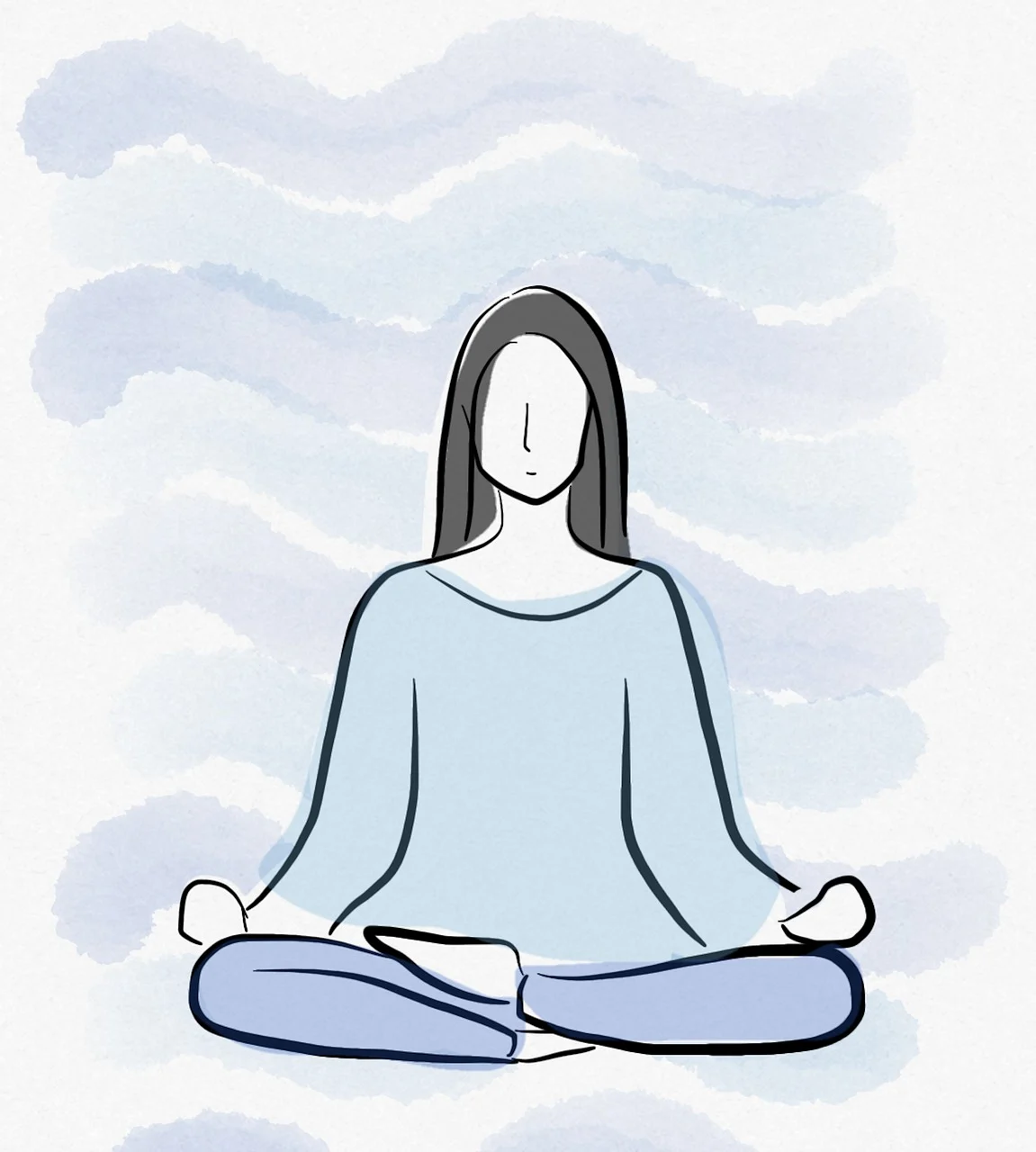Happy Daze: The Art of Setting Boundaries
What age were you when you learned about boundaries? Where did you learn to set boundaries? Have the people in our lives been good role models in setting boundaries? Who ought to teach you how to set boundaries? Setting boundaries is essential when forming and deepening relationships, but have any of us learned how to adequately identify them? Is this a sex ed class we all missed? How can we as a society respect others’ boundaries and expect others to respect ours if we cannot properly identify them for ourselves?
Licensed Therapist Nedra Glover Tawwab, luckily lays out all the information we need in her bestselling novel, “Set Boundaries, Find Peace.” Not only will this information outline the ways you can think about boundaries, but my hope is that it will open your mind to ways you might develop boundaries for yourself and others. This article’s purpose is to aid in identifying key next steps to finding peace–something we all desperately need in a world that demands so much of us.
In the first chapter of her book, Tawwab identifies what exactly boundaries are; “Boundaries are expectations and needs that help you feel safe and comfortable in your relationships. Expectations in relationships help you stay mentally and emotionally well. Learning when to say no and when to say yes is also an essential part of feeling comfortable when interacting with others.” Why does this matter to the column ‘Happy Daze,’ a column dedicated to mental health and well-being? Well Tawwab makes the bold statement that “the root of self-care is setting boundaries,” because paying attention and prioritizing your needs and limits is an act of self-care. This is also a way to communicate to others what you are comfortable with and vice versa.
Do you find yourself not knowing when to say no and prioritizing others over yourself? Do you have superhero syndrome, the idea that you “can do it all,” or unrealistic expectations of your abilities? This all can happen when we avoid setting boundaries. When we don’t set boundaries, we feel unheard and unseen. Not only do we not feel valued, we can feel used at times or feel that things are a waste of our time. This can cause us to feel anger or resentment towards others and overall hurt relationships when it is ultimately up to us to value ourselves enough to set boundaries. “Boundaries are not unspoken rules,” Tawwab says. Interestingly, the author identifies boundaries as the cure for burnout and overwhelm. However, when these are not dealt with over time, they can turn into a bigger problem.
Tawwab also makes the critical distinction between rigid, porous and healthy boundaries. Rigid boundaries can look like having too high of expectations of people and avoiding vulnerability altogether, while porous boundaries are weak and lead to unhealthy relationships by oversharing and people-pleasing. Healthy boundaries are clear and defined and can involve a healthy amount of vulnerability with people who have earned that trust. The author outlines a simple method for setting these healthy boundaries: Identify your boundary, state your boundary, be clear and assertive with your delivery, and deal with the discomfort that may result in setting that boundary (pushback, limit testing, silent treatment, awkwardness, etc. from the other person(s)) as the author suggests those reactions are not yours to deal with and often try to manipulate you into abandoning your boundaries. Using the format “I want… I need… I expect…” we can start to clearly define our boundaries in a way that’s easy for others to understand. Examples include: “I expect you to return my car with a full tank of gas” or “I want you to ask me what I’m feeling instead of assuming what I’m feeling.” Seems simple enough, right? Then why do we find that we do not want to set these boundaries? Tawwab suggests that we may fear being mean or rude or are people-pleasers. However, this behavior is not self-sustainable and can be destructive to our mental health.
A healthy relationship has healthy boundaries. But what happens if someone does not respect your boundaries? Tawwab offers the following tips on handling boundary violations. 1.) Speak up in the moment; don’t remain silent when your boundaries are crossed. 2.) Share how that boundary violation made you feel. 3.) Restate your boundaries and expectations. “Do not write the word “because” anywhere in your sentence. Don’t explain yourself, and don’t apologize.” 4.) “Don’t let people slide—not even once.” The fact of the matter is, if someone doesn’t respect your boundaries, they are not respecting you. You deserve to invest your energy in people and communities that respect your boundaries.
Last week, I wrote an article on stepping out of your comfort zone. This week’s topic may seem contradicting, but in fact, these two ideas pair well together. Setting boundaries is critical when stepping out of your comfort zone because it means you are safely navigating the unknown. Boundaries are not limitations that hold you back; instead, they provide a supportive framework for you to safely and effectively step out of your comfort zone, explore new experiences, and grow as an individual. They help strike a balance between pushing your limits and maintaining your well-being.
Tawwab, N. G. (2021). Set Boundaries, Find Peace: A Guide to Reclaiming Yourself. United States: Penguin Publishing Group.



